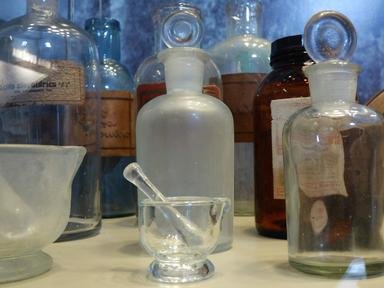
Elementary Order Trivia Quiz
Arrange these elements in increasing order of their atomic number. There are clues to help you out.
An ordering quiz
by zorba_scank.
Estimated time: 3 mins.
- Home
- »
- Quizzes
- »
- Science Trivia
- »
- Chemistry
- »
- Mixed Elements